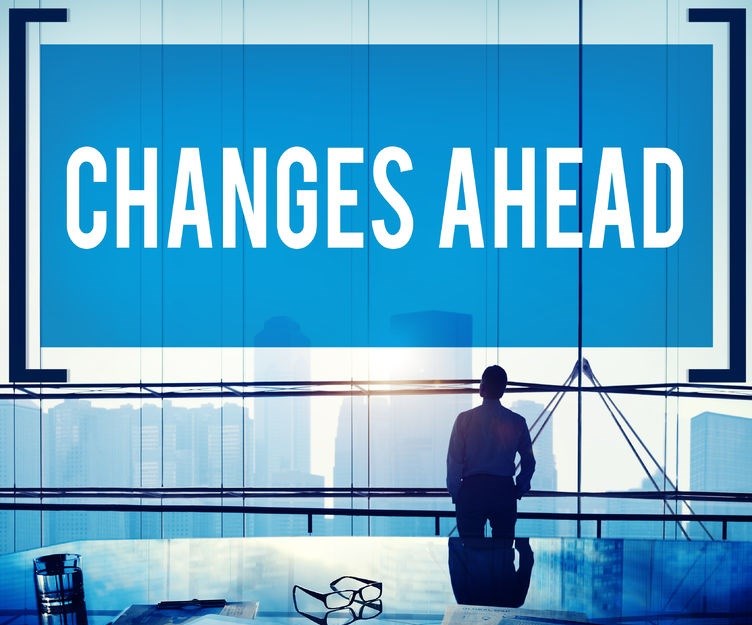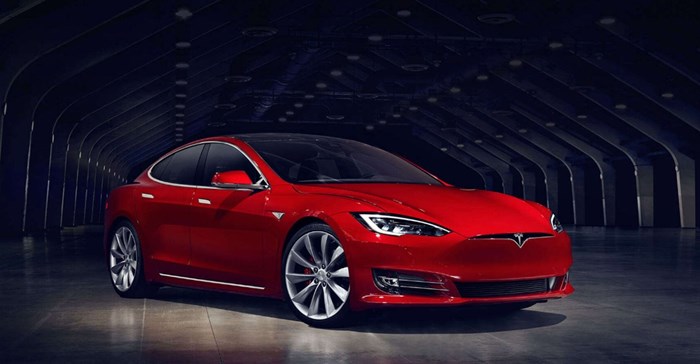Transformation is challenging for big companies. An entire consultative sector was spawned under the moniker of ‘change management’ to address this, and the obvious knee-jerk is to hire brilliant people — after all, the top technology companies globally are characterised by extreme talent. But people alone don’t cut it.
Innovation and digital disruption are driven by people and processes. What’s important to realise here is that big companies are behemoths that have inherited ways of doing things for as long as they’ve existed. This is why CEOs are often frustrated by investments in technology and people that don’t materialise the transformative change required, to add significant customer value and drive business growth.

Then there’s the challenge of speed of change. Process transformation takes time, so what should big brands do in the interim? Waiting is not a useful answer. What’s good for business is to look at breaking off autonomous innovation teams that will be given specific projects, budget and a timeline. Ensure you’ve got the right team so that the leadership team doesn’t ‘babysit’ this innovation cluster. Finally, give the team the independence needed to innovate the right disruption or differentiator to benefit your business.
By a differentiated service or disruption, I’m talking about a noticeable innovation in the market that will surprise and delight customers. The kind of thing that Uber did. Which was not just to make getting a ride easier, but to create a service that has challenged and changed the automotive industry.
Today, Tesla, BMW and General Motors (GM) are creating cars with the functionality to pay for themselves. Thanks to Uber, gone are the days when cars will be chosen merely dependent on their brands or models.
Tesla’s self-driving car will make you money when you’re not using it, but not by using an Uber app - by using the company founded by Elon Musk’s own ride-sharing app. Musk confirmed work on the innovation, saying: “You will also be able to add your car to the Tesla shared fleet just by tapping a button on the Tesla phone app and have it generate income for you while you’re at work or on vacation, significantly offsetting, and at times, potentially exceeding the monthly loan or lease cost.”

German car manufacturer, BMW, has also launched its own response to Uber (and Tesla). The automotive brand launched a car-sharing pool in Seattle in the US this May. BMW and MINI lovers have been able to rent any one of 520 vehicles in the city under a new business called ReachNow, a car-sharing service. Cars in the free-floating pool can be located and used thanks to the ReachNow app, or with a physical card. Users pay a per minute fee. The new venture has been expanded to Brooklyn and Portland.
BMW has also announced it will spend some €500 million on innovating automotive technologies including self-driving vehicles and mapping to make BMW vehicles more “intelligent and efficient”. This indicates that in the future car manufacturers will provide built-in functionality that enables vehicle owners to share and make money out of cars, which looks set to enable a pay-as-you-go automotive market.
GM, on the other hand, has thrown its lot in with Lyft, the US peer-to-peer ridesharing service launched mid-2012. Early this year GM and Lyft announced a “long-term strategic alliance” that would see the two deliver an integrated network of on-demand self-driving vehicles in the US.
There’s a huge chunk of time when people don’t use their vehicles, so tomorrow’s car will drive itself out of your work’s parkade, and while you’re busy with your career your car will be earning money for you. And when you’re done with your day, the car will be back in the parkade, ready to take you home.
The take-out from the Uber tale is that customers are spoiled for choice when it comes to products. People don’t need cars in new-fangled colours or shapes but now want better service and utility. And as Tesla, BMW and GM demonstrate, technology is the easiest way to connect and become really useful to the people you service.
So whether you like it or not, if you want to manage the risk of disruption, you need to embrace technology. In tandem with this, your business needs to stop focussing on selling and start focussing on serving.
A word of caution, though: anything is possible, but not everything is possible.
Businesses that try do everything right all at once often run the danger of not getting anything right. Don’t aim to do everything at once, rather do one, two or three things that will be valuable to your customer, amazingly well. Once you've proven value and penetrated a market, you can use these learnings to try nail the next opportunity.
